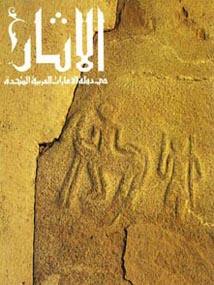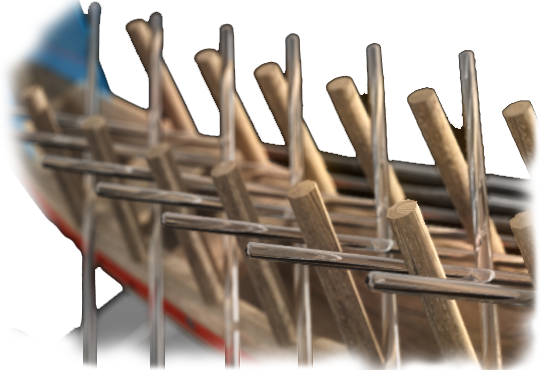Monuments of the Cimmerian Bosporus

Polish-Ukrainian Project of Inter-Museum Research Cooperation
Participants:
- National Museum in Warsaw (head of the project: A. Twardecki)
- Federal Cultural and Historical Museum of Kerch (Crimea, Ukraine)
- “Demetra” Foundation (Kerch, Crimea, Ukraine)
- Belgorod State University, National Research Univerity (Belgorod, Russia)
- Warsaw University of Technology, Faculty of Civil Engineering (Warsaw, Poland)
- Ministry of Culture of the Autonomous Republic of Crimea (Ukraine)
- Institute of Archaeology of the National Academy of Science of Ukraine
The aims of the project are:
1. Academic cooperation
a) Preparing a catalogue of Greek inscriptions from
the Kerch Museum (approx. 800 monuments; the first volume was published
in 2009). Participants: Alfred Twardecki (MNW); Tatiana Matkovska
(Kerch Museum), Siergiey Tokhtasiev (Petersburg)
b) Preparing a catalogue of Megarian bowls from the
collection of the Kerch Museum (approx. 400 items; will be in print in
2010) Participants: Sabina Grzegrzółka (National Museum in Warsaw); Alla
Kucherevska (Kerch Museum)
c) Further development of joint, Polish-Ukrainian research projects
2.Cooperation in conservation
a) Since 2005, art conservators from the Kerch
Museum come to the National Museum in Warsaw on a regular basis for
training internships, whereas conservators from the National Museum in
Warsaw organize training workshops in Kerch (conservation of ceramic
materials, stone)
b) Conservators' cooperation in establishing an archaeological park at Tyritake.
3. Cooperation in exhibiting
a) An exhibition of the art of the Bosporan Kingdom at the National Museum in Warsaw.
b) A long-term loan of the monuments of the
Bosporan Kingdom to the National Museum in Warsaw as a part of the
archaeological collaboration.
c) An exhibition of a selection of oeuvres from the collection of the National Museum in Warsaw at Kerch
4. Cooperation in Publishing
Publications prepared under the auspices of the
project (Greek inscriptions; Megarian bowls, exhibition catalogues) will
be published concurrently in Russian (by Kerch) and in English (by
Warsaw).
5. Archaeological collaboration
a) Archaeological investigations on the site of the Greek settlement of Tyritake.




 Archaeology in the United Arab Emirates Vol.1 (1976-77) - English & French version
Archaeology in the United Arab Emirates Vol.1 (1976-77) - English & French version  Archaeology in the United Arab Emirates Vol.1 (1976-77) - Arabic version
Archaeology in the United Arab Emirates Vol.1 (1976-77) - Arabic version  Archaeology in the United Arab Emirates Vol. 2-3 (1978-79) - English & French version
Archaeology in the United Arab Emirates Vol. 2-3 (1978-79) - English & French version  Archaeology in the United Arab Emirates Vol. 2-3 (1978-79) - Arabic version
Archaeology in the United Arab Emirates Vol. 2-3 (1978-79) - Arabic version 

 Archaeology in the United Arab Emirates Vol. 5 (1989) - Arabic & English version
Archaeology in the United Arab Emirates Vol. 5 (1989) - Arabic & English version  Archaeology in the United Arab Emirates Vol. 5 (1989) - Arabic & English version
Archaeology in the United Arab Emirates Vol. 5 (1989) - Arabic & English version 











 diesen RSS-Feed
diesen RSS-Feed

